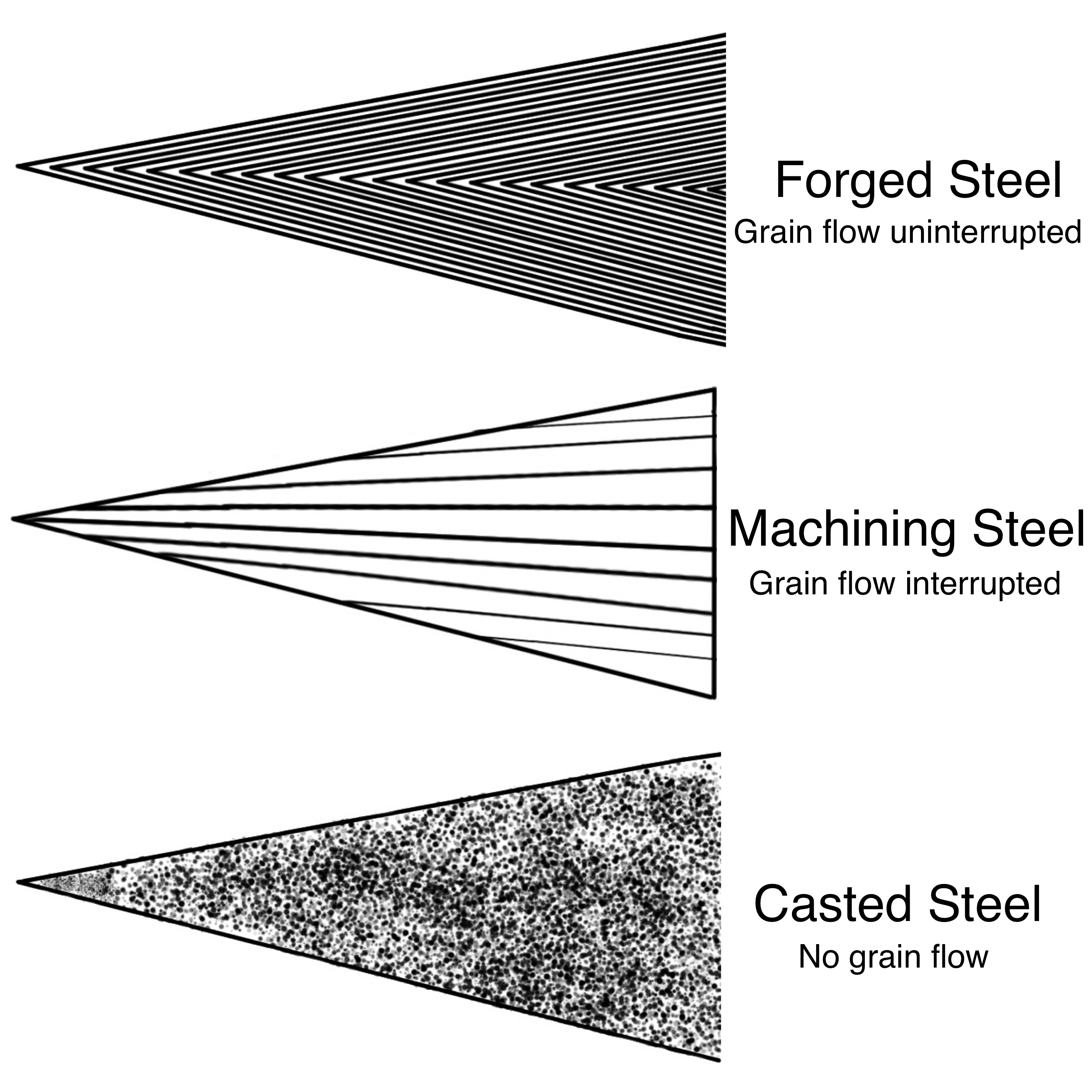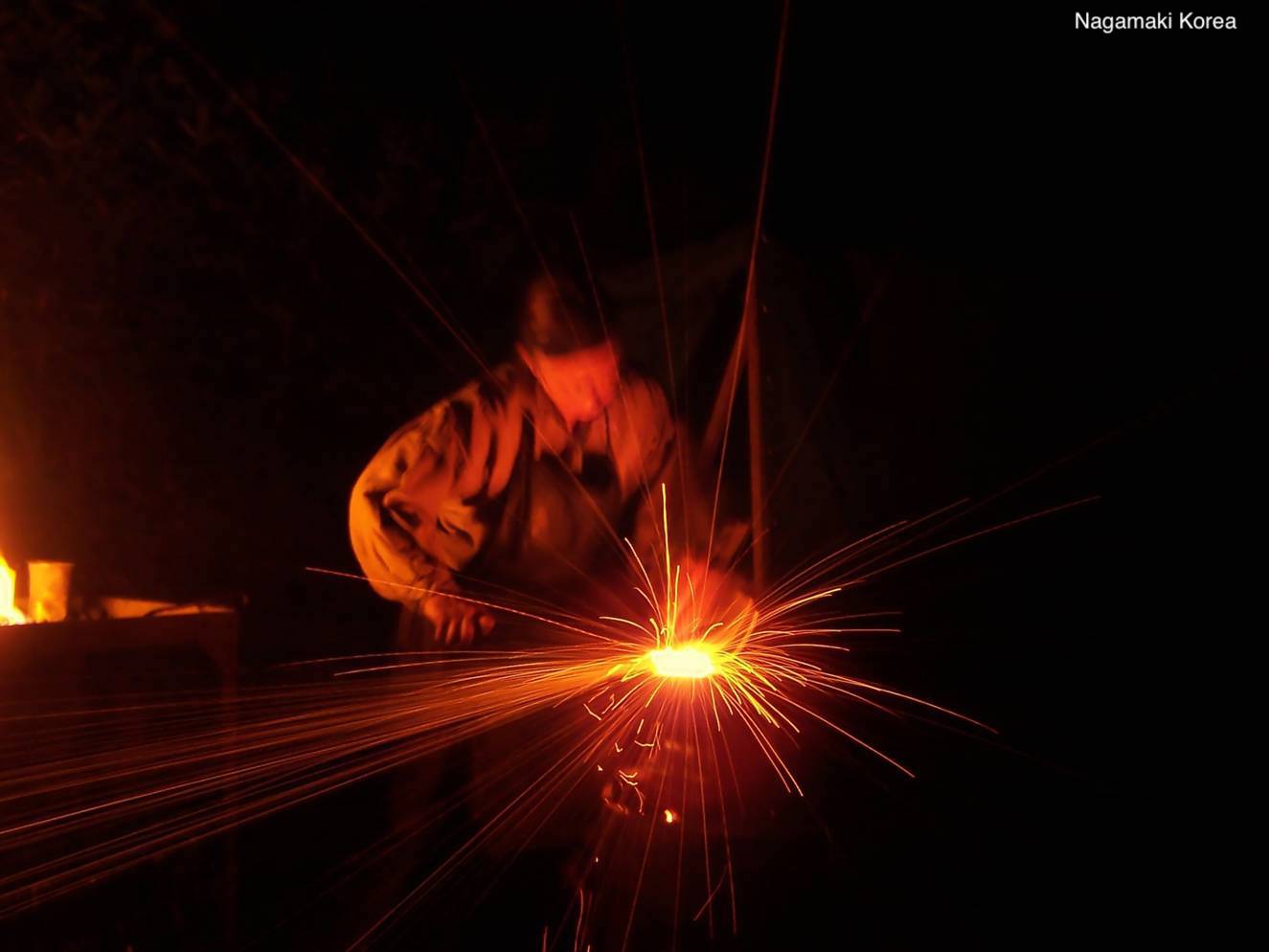What to Know Before Buying
WHAT YOU NEED TO KNOW BEFORE BUYING PROFESSIONAL SCISSORS AND SHEARS!!!
The most important thing we could ever tell ANY hairstylist or barber is to BUY AUTHENTIC!!!
What makes a scissor or shear Authentic? The answer is very simple, they should have their country of origin, where they were made, clearly marked on every scissor and shear. If they don't have a country of origin marked on them, then they are not authentic in any manner, including the steel they are claiming to be made from.
The reality is, many scissors said to be made out of Japanese Steel or that they are "Japanese Shears" simply isn't true, and they are not Made in Japan. Instead, most scissor companies have their scissors made in China and charge incredibly marked up prices trying to pass them off as Japanese or “Japanese quality”. The comparison is not even close. Sure all new scissors cut hair, but the overall performance, longevity, and its ability to stay sharp are incomparable to that of a true handmade Japanese Scissor.
OUR STEELS
Here is a list of Japanese Steels we use in descending order of Highest Quality and Price.
- NANO POWDER STEEL (SG-2)
- HITACHI ATS314
- VG-10 OR (V10)
- HTS12 (proprietary)
- JAPANESE 440C
The quality of the steel determines how expensive the scissor will be, as well as its performance and how long it stays sharp. The higher quality steel may cost more upfront, however it performs better and needs far less sharpening and maintenance over the life of the scissor, saving you more money long term.
STEEL SPECIFICATIONS
Here is a summary of the steels we use for our scissors and shears.
(in descending order of quality)
NANO POWDER STEEL (SG-2):
SG-2: SG-2 stands for Super Gold 2 and was developed by Takefu Special Steel Co. Originally, Takefu Special Steel developed the Super Gold steel but further developed and enhanced their powdered steel metallurgy OR (PM) to develop Super Gold 2. The Super Gold series is based on a modern cutting-edge nano powdered steel metallurgy that allows for the production of unique materials impossible to get from melting or forming in other ways. The SG-2 has very high edge retention but has less wear resistance. With a HRC Scale of 64-65, these scissors will make and keep their superior edge for an extreme period of time. SG-2 is a high carbon steel that sits at the pinnacle of maximizing cutting performance and edge retention like no other before it.
ATS314: This very high quality stainless steel is produced by Hitachi Ltd in Japan. The steel contains 15% Chromium, 4% Molybdenum. It has excellent processing quality, its rust resistance, damage resistance, and the toughness of the blade are many times higher than those of inferior steel. Expect to pay around $600 for well-crafted Hitachi ATS314 steel scissors Made in Japan or Korea.
VG-10: Another very high quality steel. This steel is produced by Hitachi Ltd in Japan under private label for the Takefu Special Steel Co. Ltd., based in Japan. VG-10 has high carbon content. Molybdenum, Chromium, Vanadium and Cobalt are also included. This makes it very tough, sharp, durable and corrosion resistant steel. Top chefs favor kitchen knives that are made in VG-10 steel.
HTS12: This is our proprietary Cobalt Alloy that performs extremely well for haircutting scissors. With a very high level of Cobalt, Chromium, and Wolfram(Tungsten), this unique blend is sure to impress in both cutting performance and longevity of wear resistance.
Japanese 440C: This steel is considered a high end steel used for excellent quality scissors. Out of the four grades of 440, 440C is the superior, top end steel due its high carbon content of between .95 – 1.20%. It is very resistant to corrosion; it is hard, durable and holds its edge. 440A and 440B are almost identical, but have less carbon composition than 440C. They also have a lower attainable hardness, but slightly higher corrosion resistance.
Forged Vs Casting
The overall craftsmanship will also affect the price. Whether the steel used in your scissors and shears are poured into cast or forged; that process will directly impact the overall price, quality, and performance of the scissor or shear.
In the CASTING process, the metal is heated until molten. Then it is poured into a mold or vessel to create a desired shape. This is a fast, cheap, and easy way to form or "make a scissor". The problem with this method is the molten metal used, is then left to cool in the cast causing zero grain flow for the finished result. Companies due this to save money and time but the results are a finished product that won't stay sharp for long periods of time and can't be resharpened better or just as good as its first edge.

In the FORGING process, metal or steel is pressed or hammered into a certain shape while still maintaining a solid state. Forging creates metal products with generally higher strength that are typically tougher than metal processed in castings. Metal forgings are less likely to shatter at contact with other objects. The increased strength is a consequence of how the metal is forced into a new shape, by pressing or by hammering, during forging. As opposed to other methods of fabrication, the metal’s grain is stretched in this process, aligning in one direction instead of randomly. By the end of the forging process, the resulting metal is stronger than it would have been had it been cast. This is a more expensive and time consuming process that results in a scissor or shear staying sharp for a longer period of time. Due to its grain flow and structural integrity Forged Steel is also able to be resharpened with an edge that is just as good as the original edge when the scissor is brand new.

COLOR COATED SCISSORS AND SHEARS
Titanium is most commonly used to apply unique colors to the steel surface of a scissor or shear whether it be shinny, matte, or solid color. This coating has no positive or negative impact on the edge retention or overall performance of the scissor since the coating stops before the edge of the scissor or shear. It is mainly done for esthetic purposes to make the scissor or shear appeal to a stylists' favorite color or make the scissor or shear more attractive. It should be noted that titanium color coatings do not last forever. When exposed to harsh chemicals i.e., hair bleach, hair color, sanitizers, cleaners, and even Barbicide for long periods of time or without regular care and maintenance, this can and will certainly shorten its lifespan considerably and can cause a chipping effect.
